elemintalshop
Cinchona Quinine Flower 5 Centavos Peru Authentic Coin Money for Jewelry (Malaria) (Medicinal) (Get Well Soon) (Curative) (Tonic Water)
Cinchona Quinine Flower 5 Centavos Peru Authentic Coin Money for Jewelry (Malaria) (Medicinal) (Get Well Soon) (Curative) (Tonic Water)
Couldn't load pickup availability
Cinchona Flower 5 Centavos Peru Authentic Coin Money for Jewelry and Craft Making (Quinine) (Malaria)
Reverse: Cinchona tree flower. Value to left.
Lettering: 5 CENTAVOS
Obverse: National arms within circle above date
Lettering: BANCO CENTRAL DE RESERVA DEL PERU
Features
Issuer Peru
Period Republic (1822-date)
Type Standard circulation coin
Years 1966-1975
Value 5 Centavos (0.05 PEH)
Currency Sol (1863-1985)
Composition Brass
Weight 1.5 g
Diameter 14.5 mm
Thickness 1.28 mm
Shape Round
Orientation Coin alignment ↑↓
Demonetized Yes
Number N# 5420
References KM# 244, Schön# 49
Wikipedia:
Cinchona (pronounced /sɪŋˈkoʊnə/ or /sɪnˈtʃoʊnə/) is a genus of flowering plants in the family Rubiaceae containing at least 23 species of trees and shrubs. All are native to the tropical Andean forests of western South America. A few species are reportedly naturalized in Central America, Jamaica, French Polynesia, Sulawesi, Saint Helena in the South Atlantic, and São Tomé and Príncipe off the coast of tropical Africa, and others have been cultivated in India and Java, where they have formed hybrids.
Cinchona has been historically sought after for its medicinal value, as the bark of several species yields quinine and other alkaloids that were the only effective treatments against malaria during the height of European colonialism, which made them of great economic and political importance.
The artificial synthesis of quinine in 1944, an increase in resistant forms of malaria, and the emergence of alternate therapies eventually ended large-scale economic interest in cinchona cultivation. Cinchona alkaloids show promise in treating falciparum malaria, which has evolved resistance to synthetic drugs. Cinchona plants continue to be revered for their historical legacy; the national tree of Peru is in the genus Cinchona.
*********
Wikipedia:
Peruvian law describes the coat of arms as follows:
"The arms of the Peruvian Nation shall consist of a shield divided into three fields: one celestial blue to the right, with a vicuna looking inside; other white to the left, with a Cinchona officinalis placed within, and another, red, in the bottom and smaller, with a cornucopia pouring coins, signifying with these symbols the treasures of Peru in the three realms of nature. The coat of arms shall be surmounted by a civic crown in flat view; and accompanied on each side by a flag and a standard of national colors."
Share
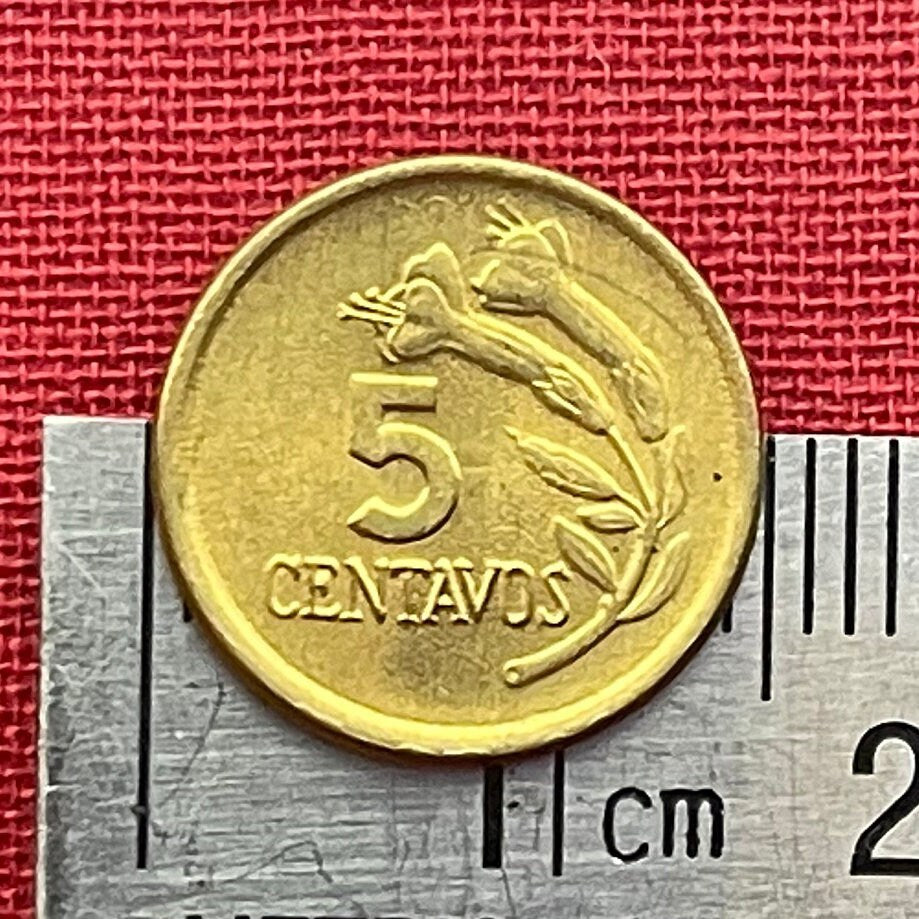
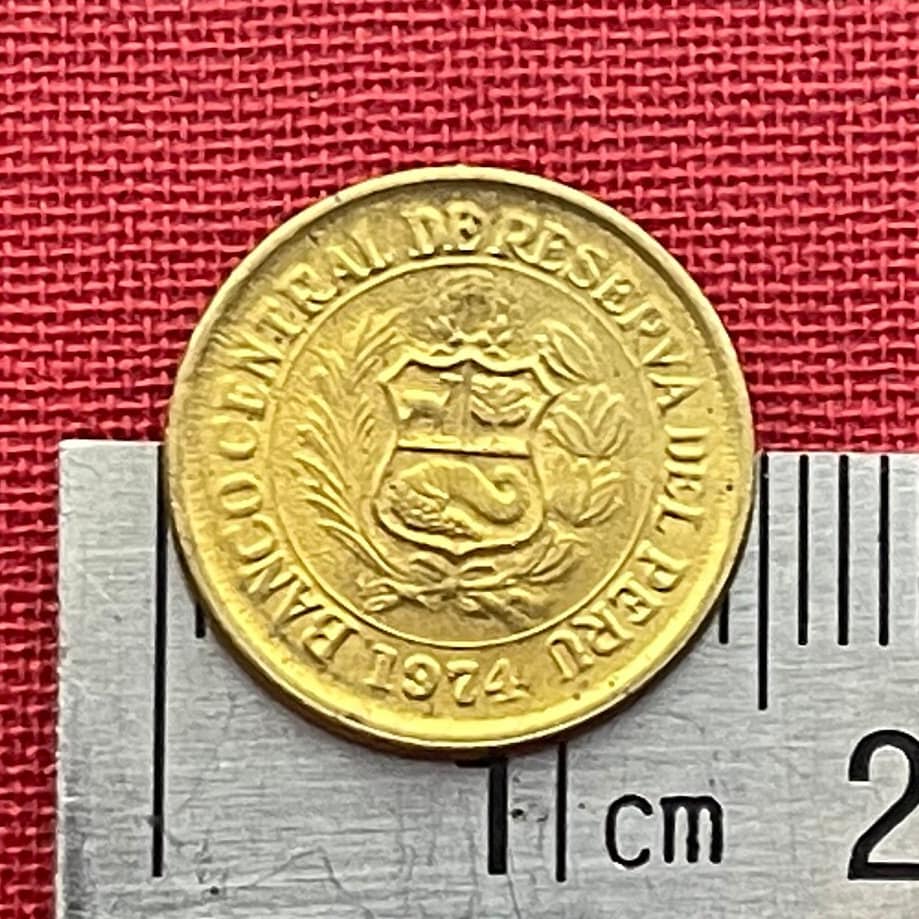
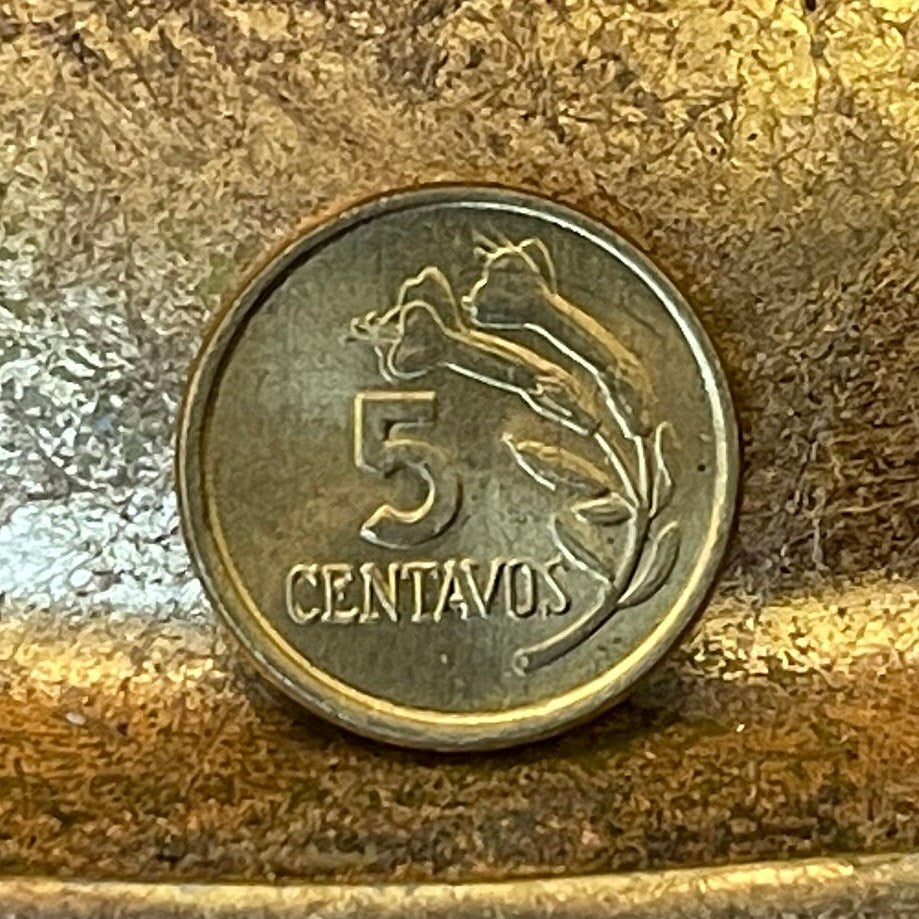
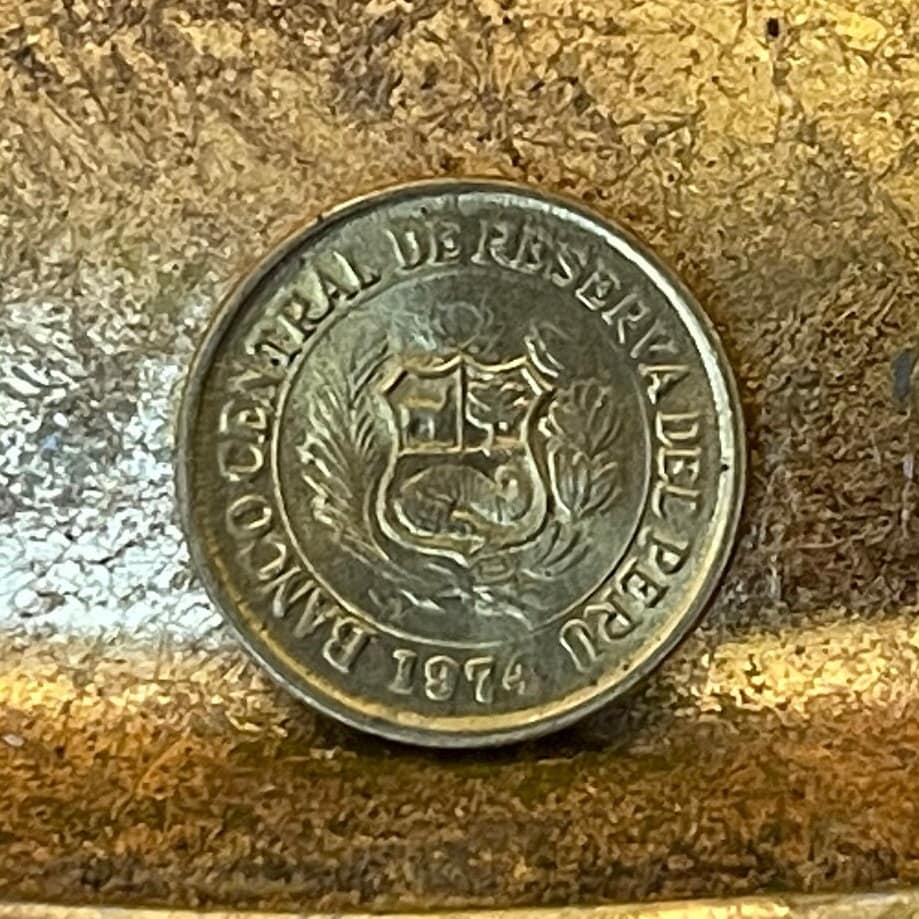
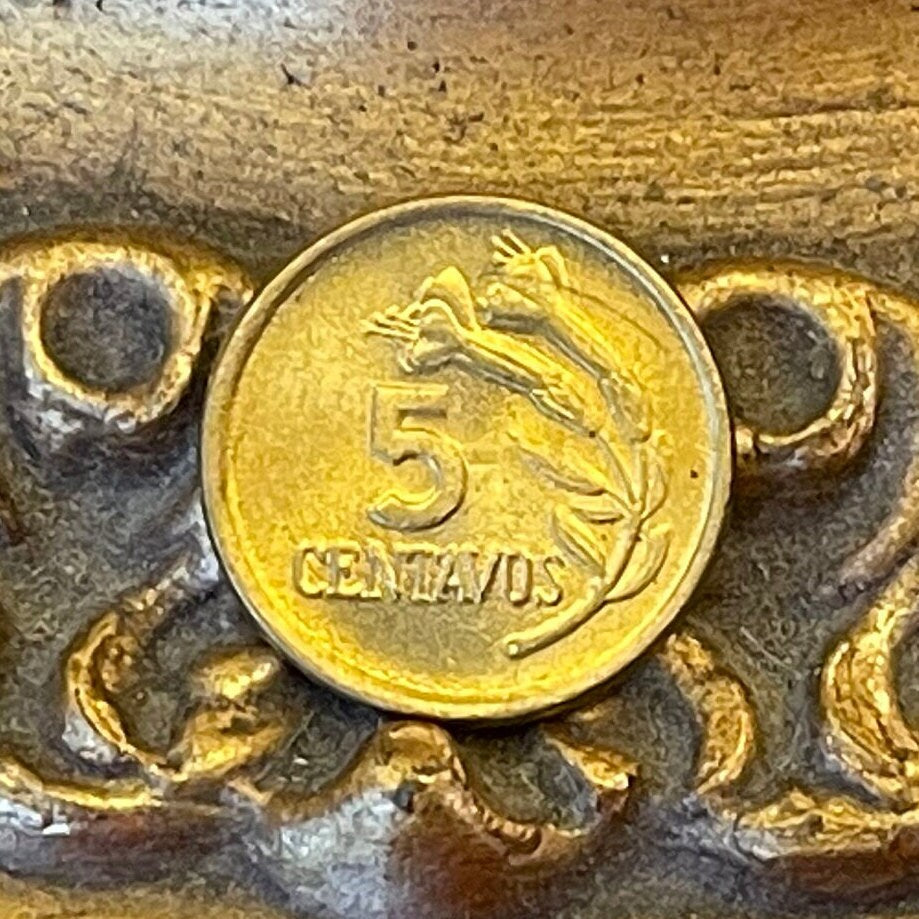
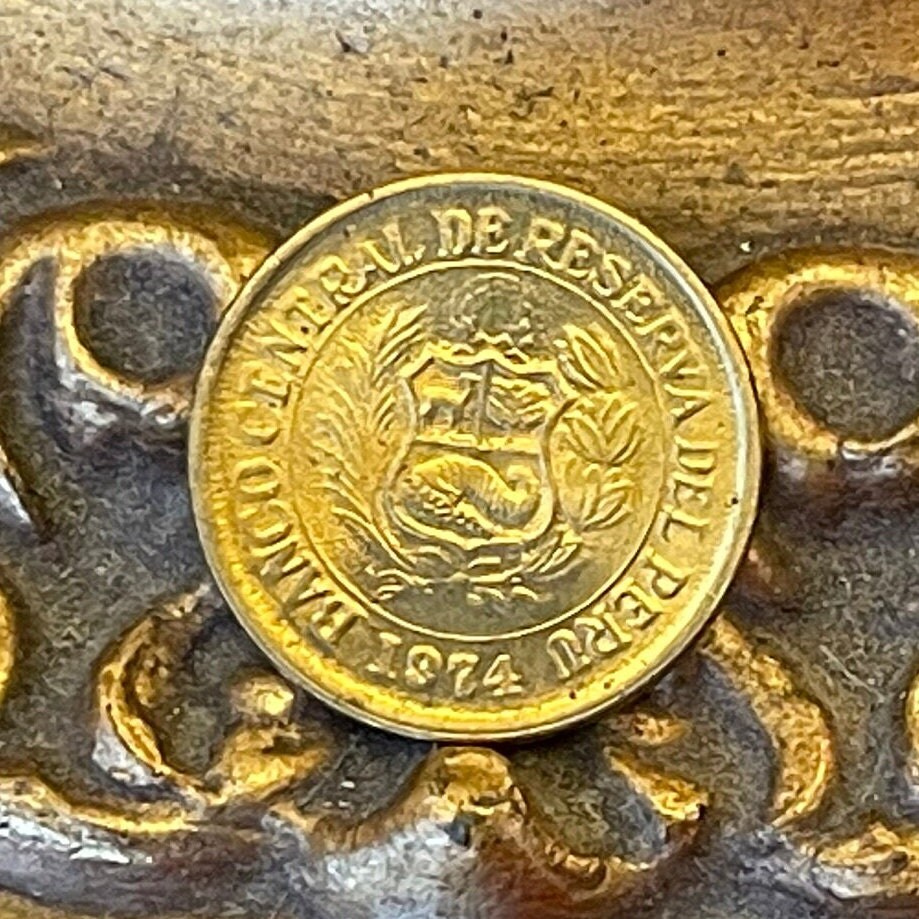
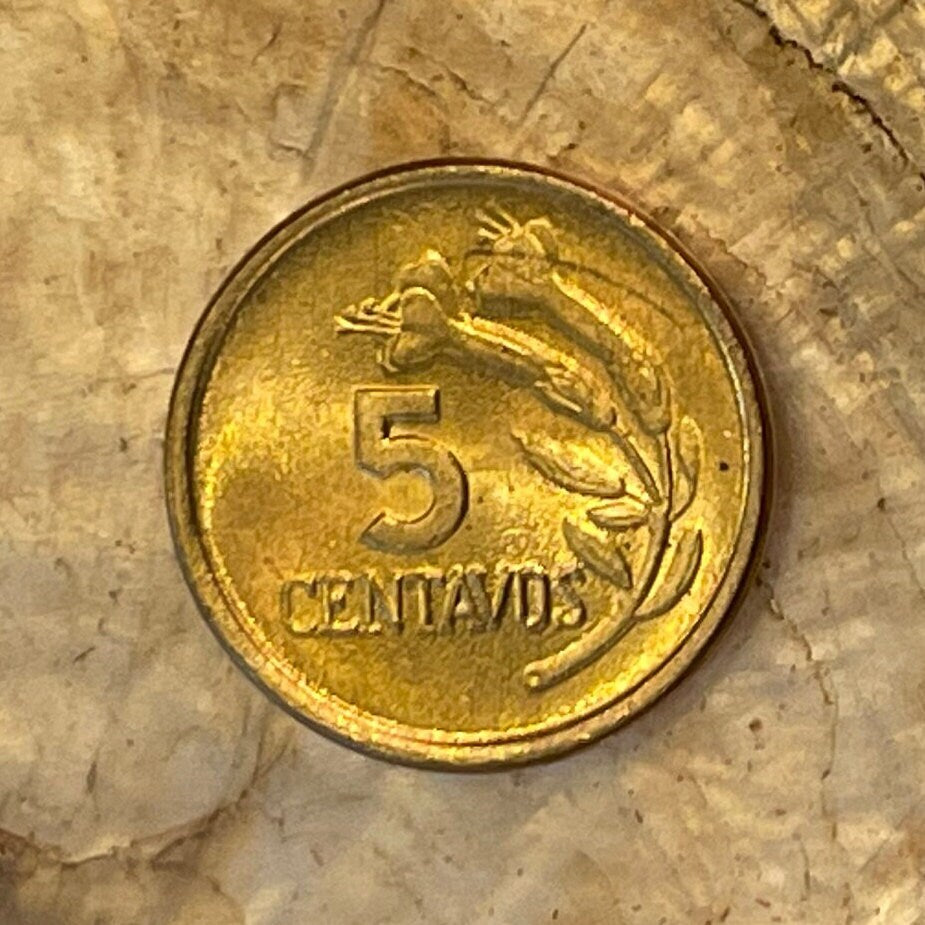
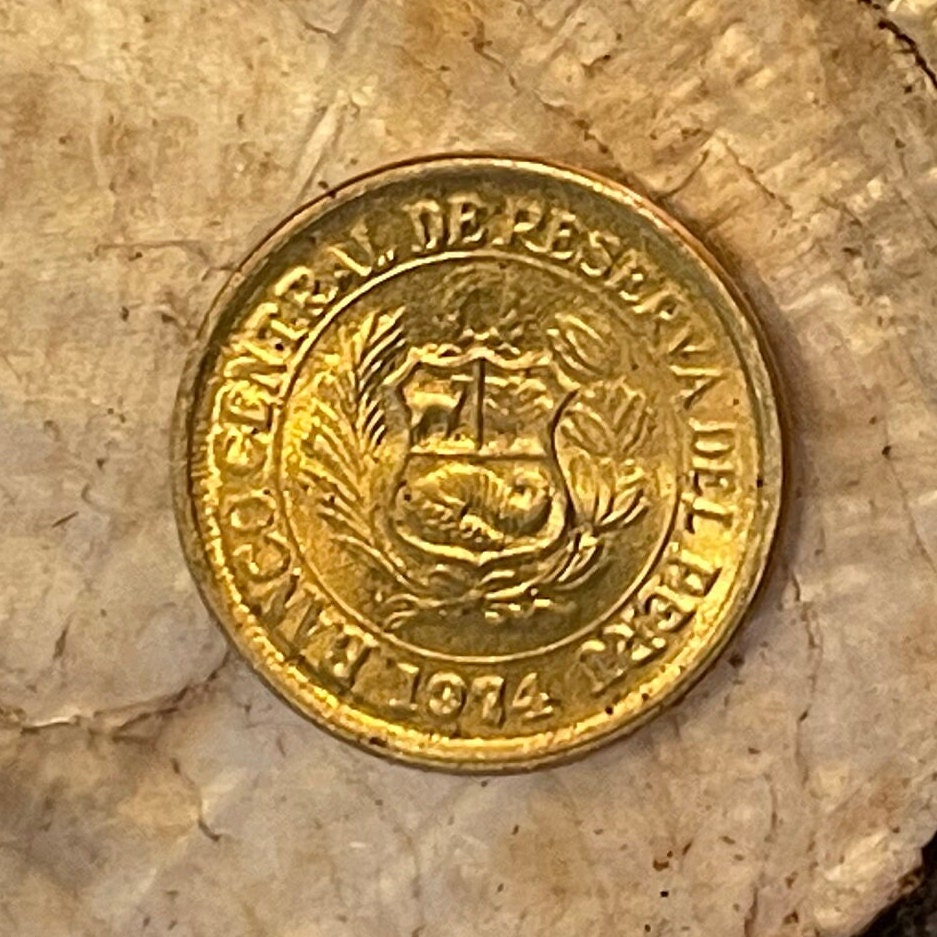
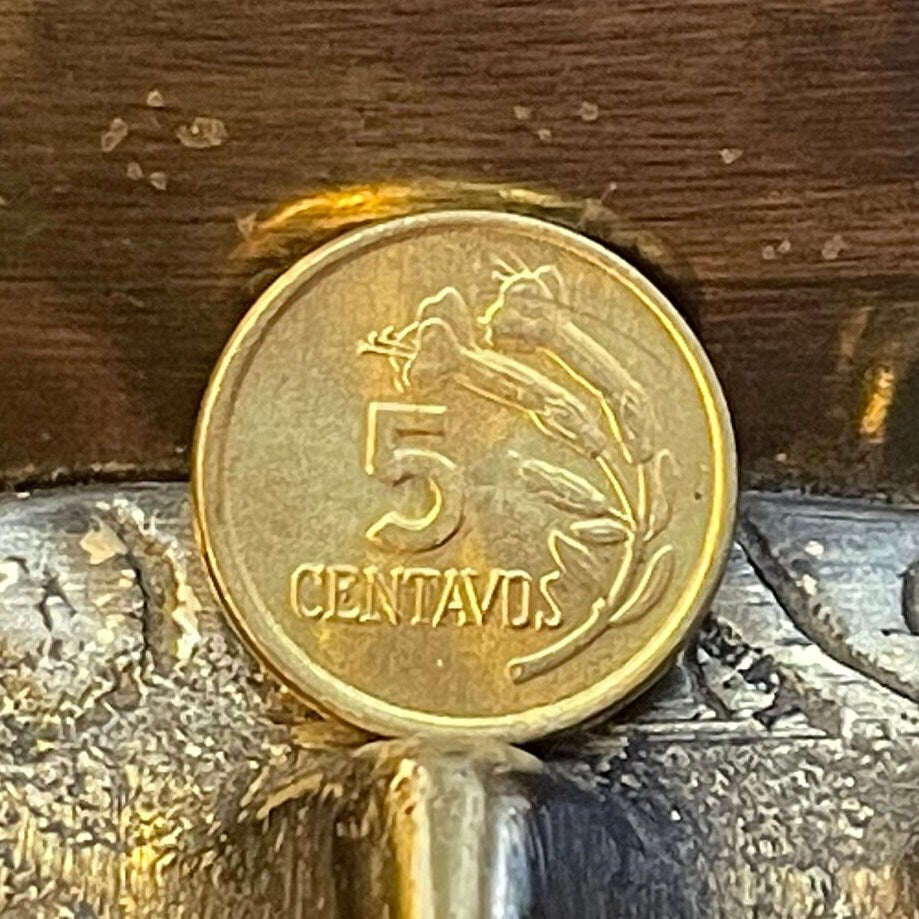
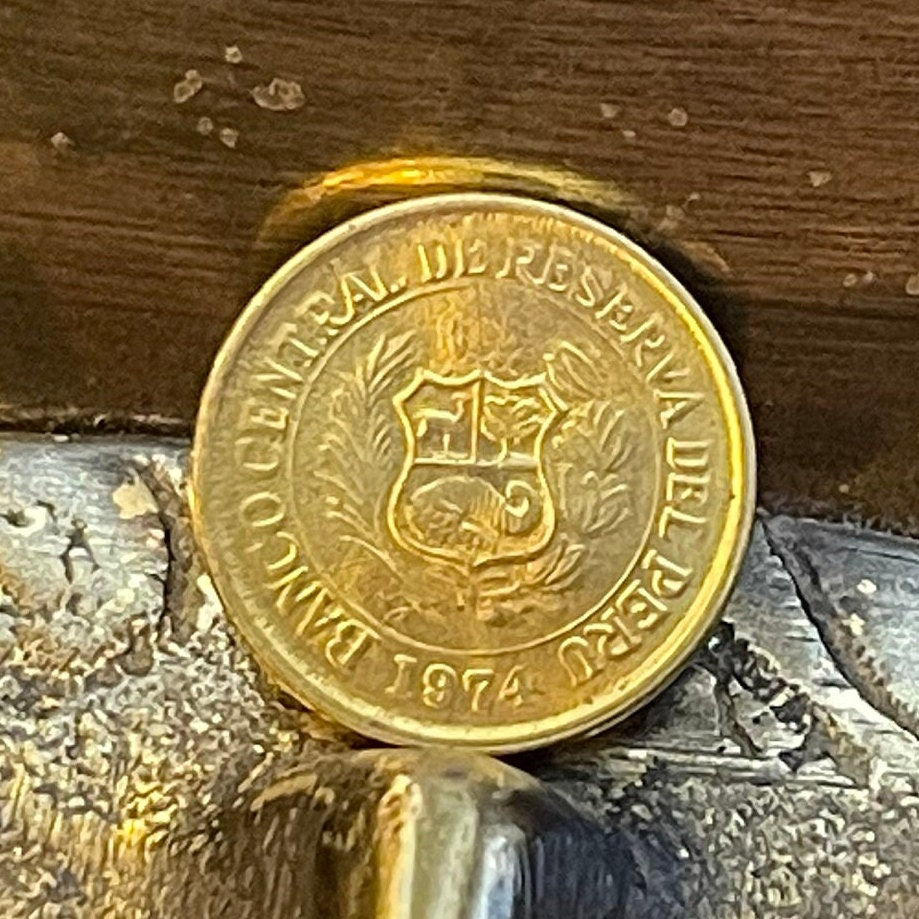
an excellent substitute for tonic water









